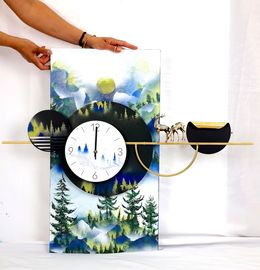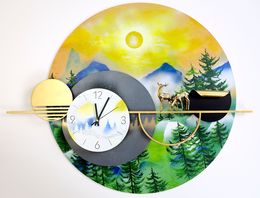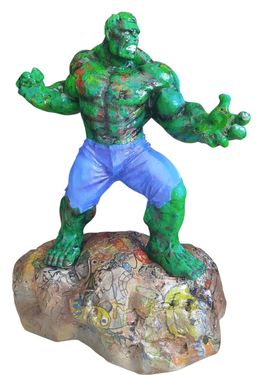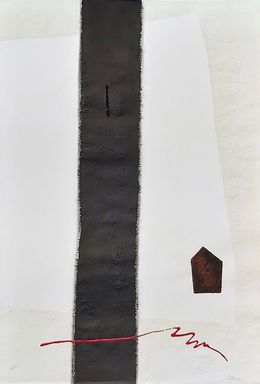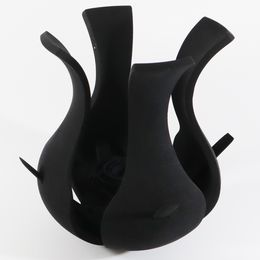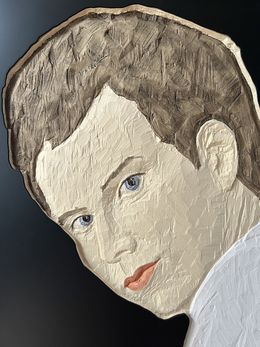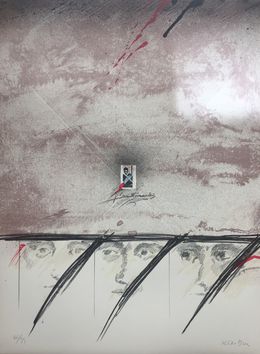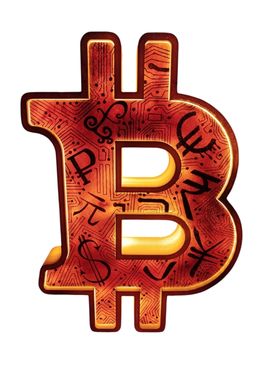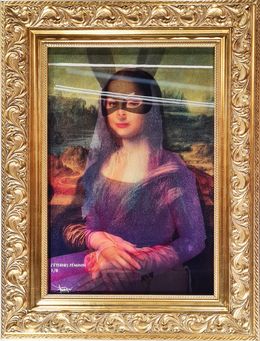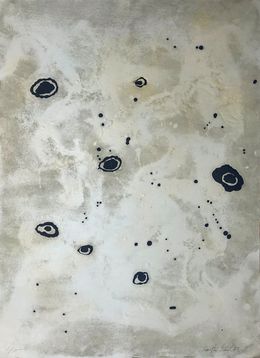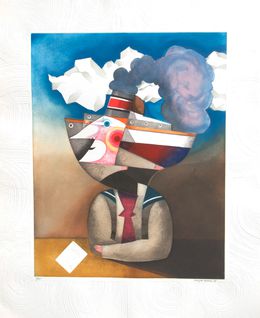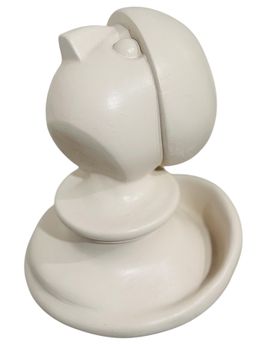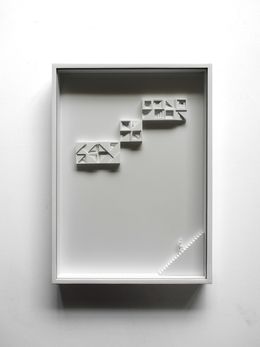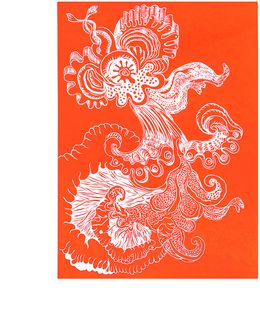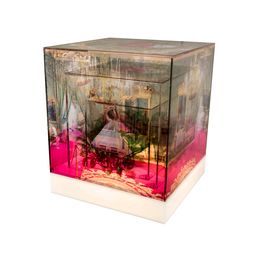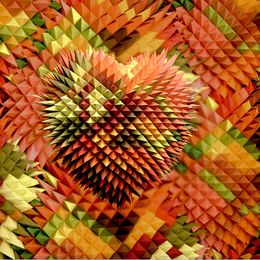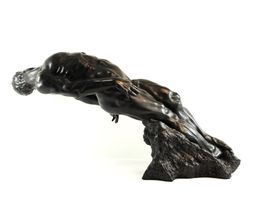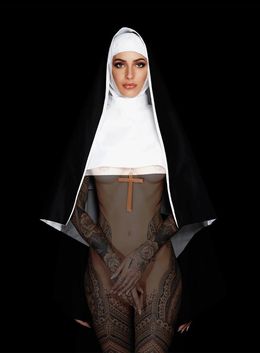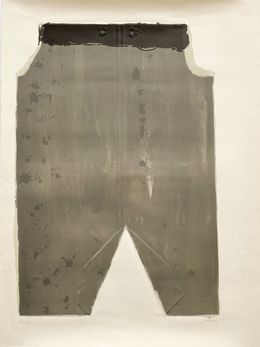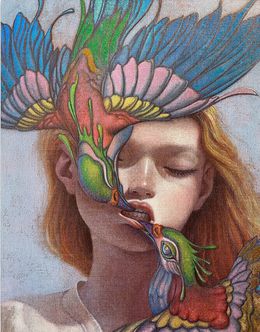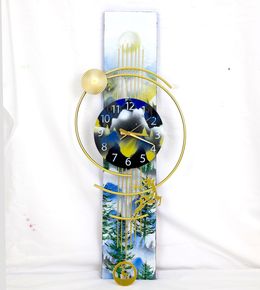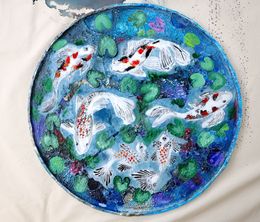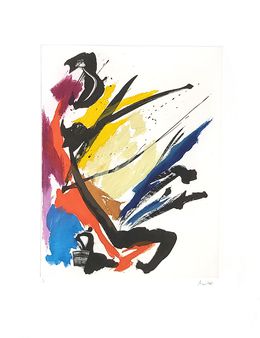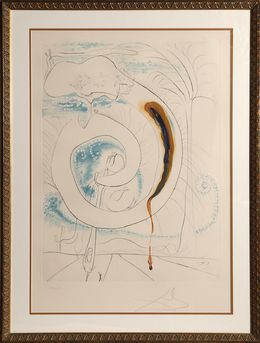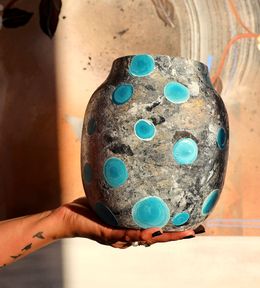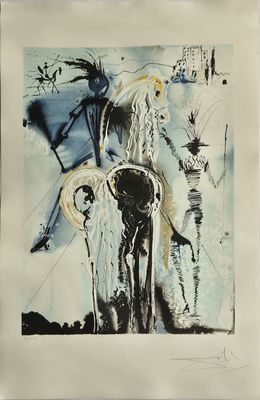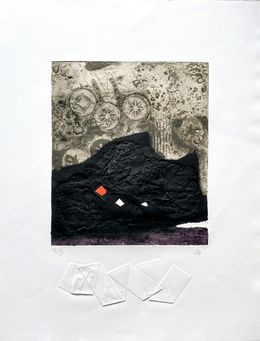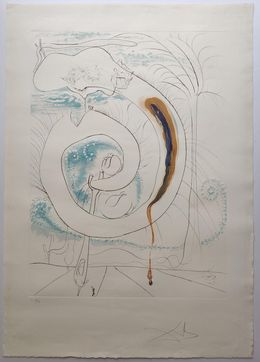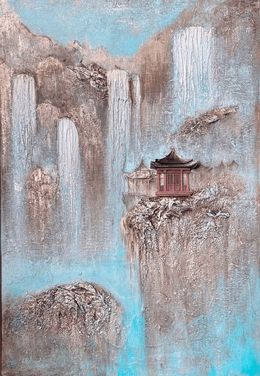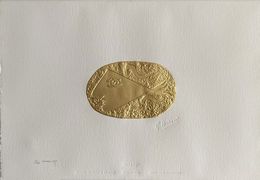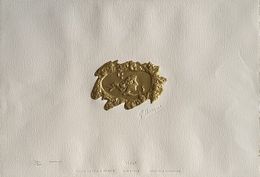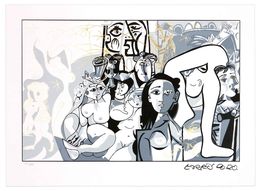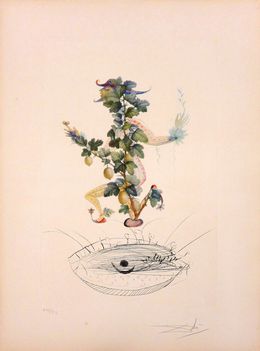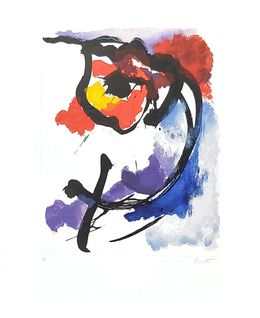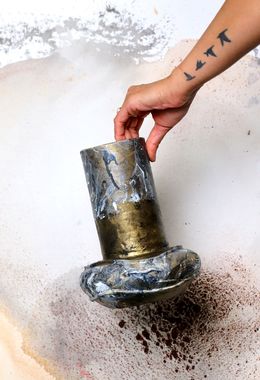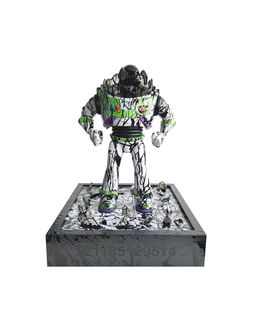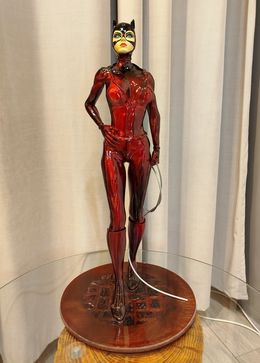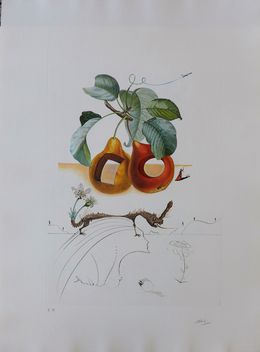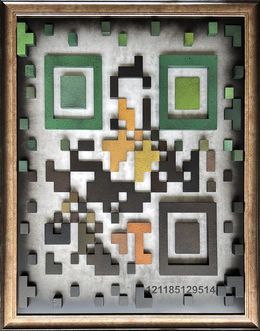
3D Print
Additive manufacturing (AM), otherwise known as 3D printing, is the process of constructing a three-dimensional object. The fundamentals of 3D printing are quite similar to that of a typical two-dimensional printer. The crucial difference is volume. 3D printing consists of stacking layers of material to create density. This can be done in a number of ways: connecting materials, mixing materials, or, as done most commonly, stacking materials, layer by layer.
3D printing allows artists and other creators to realize a 3D object, from start to finish. It's also possible to draw a 3D object with the help of computer-aided design (CAD) software. Once drawn, the 3D file can be analyzed by a specific software that is used to organize the building process of the object, deciding the necessary cutting order to realize the desired object. After this, the cutting instructions are sent to the 3D printer which will create the object.
In the 1980s, 3D printing typically was reserved solely for the creation of prototype objects. This was because the level of functionality and aesthetics of these objects was not considered the correct quality for final products, resulting in the term rapid prototyping. As the decades went by, 3D technology continued to progress. By the beginning of the 2000s, 3D printing processes incorporated the use of heated resin for rapid prototyping. A decade later, innovative printing techniques and materials became widespread. This included plaster, ceramics, glass, metal (aluminum, steel, titanium, platinum), plastic, and wax. Over the last few years, technical practices and materials for 3D printing have become increasingly advanced and precise. As a result, the technology is being used at an industrial level, for real objects.
There are many benefits to 3D printing in the world of art. It allows creators to create complex forms and geometric shapes that are often too difficult to construct by hand. Because of this, artists have been able to explore elements of their imagination that in the past would have been impossible. As of now, FDM, fused deposition modeling, is one of the most common 3D processes.
Many artists have found 3D printing an alluring mixed media medium for creative expression. Explore a collection of works that incorporate 3D printing processes!
Save your search and find it in your favorites
Save your search to find it quickly
Saved search
Your search is accessible from the favorites tab > My favorite searches
Unsaved search
A problem occurred
